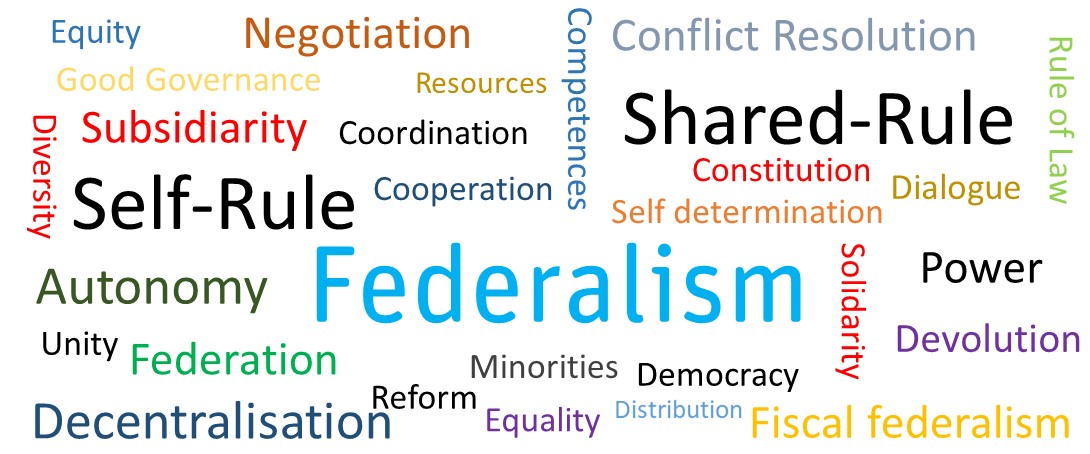Abstract
Federalism and democracy are often considered as coherent principles. However, when they are established in federal democracies, institutional structures and processes reveal tensions. Whereas democracy means autonomous governing of a community according to the will of its citizens, federalism integrates communities and requires coordinated governance between levels and constituent units. Parties and parliaments legitimize governments within jurisdictions, but constrain governance in the federal system. Contrariwise, coordinated governance strengthens the executives. No institutional form of federal democracy can rule out these conflicts. It is to political actors to cope with them. Comparative research can reveal how federalism and democracy should be linked in order to allow actors to balance effective coordination and legitimacy of governments.







